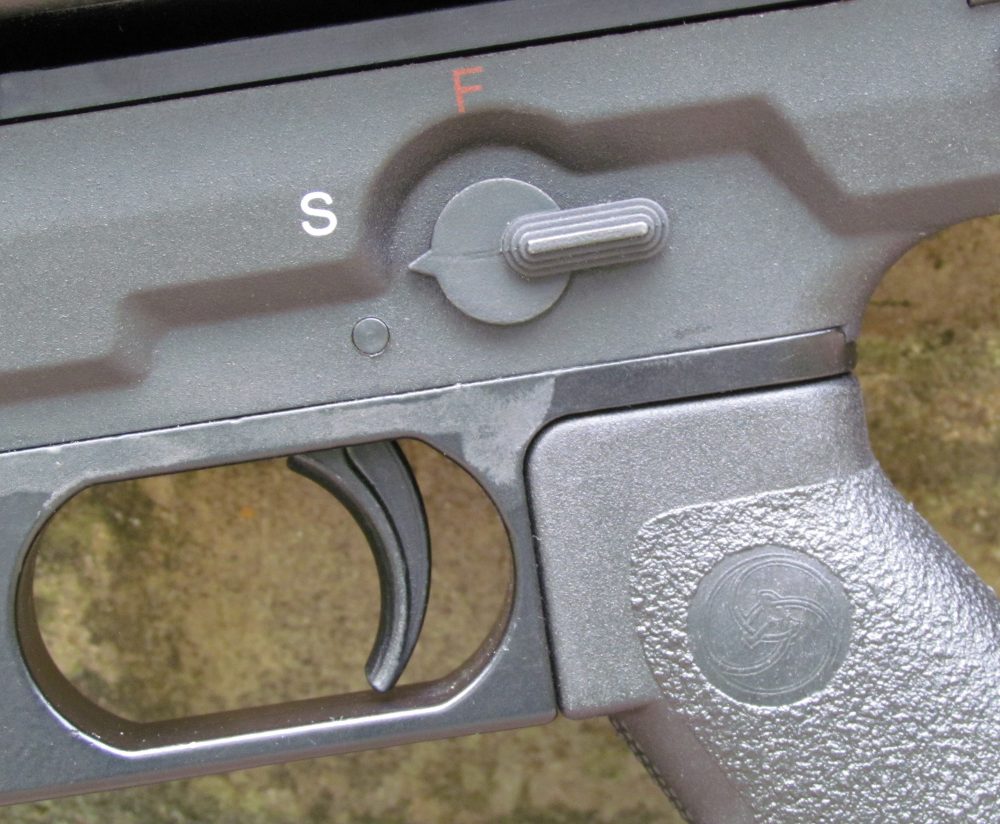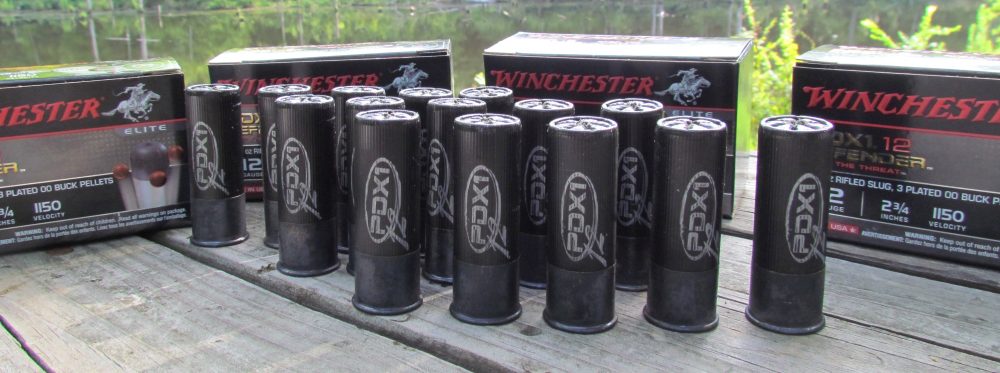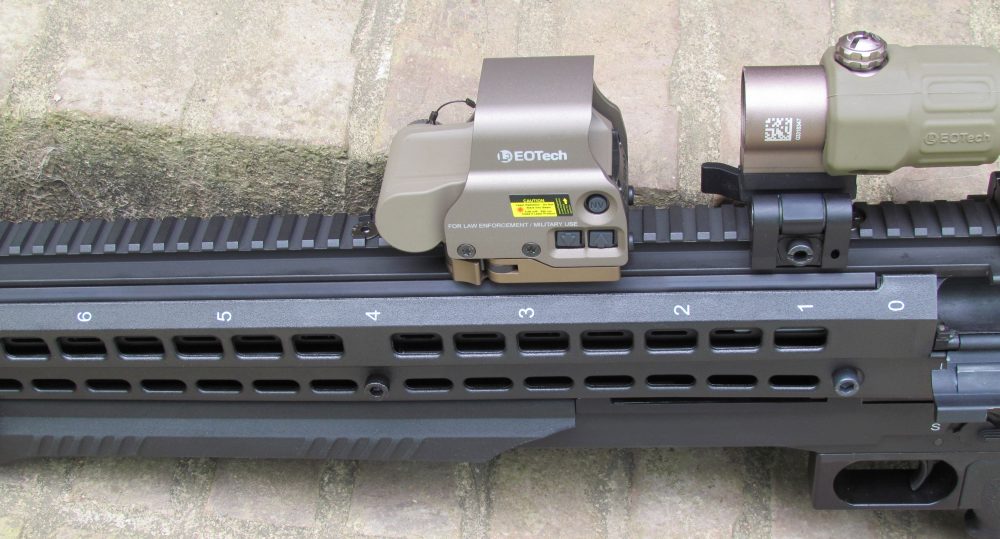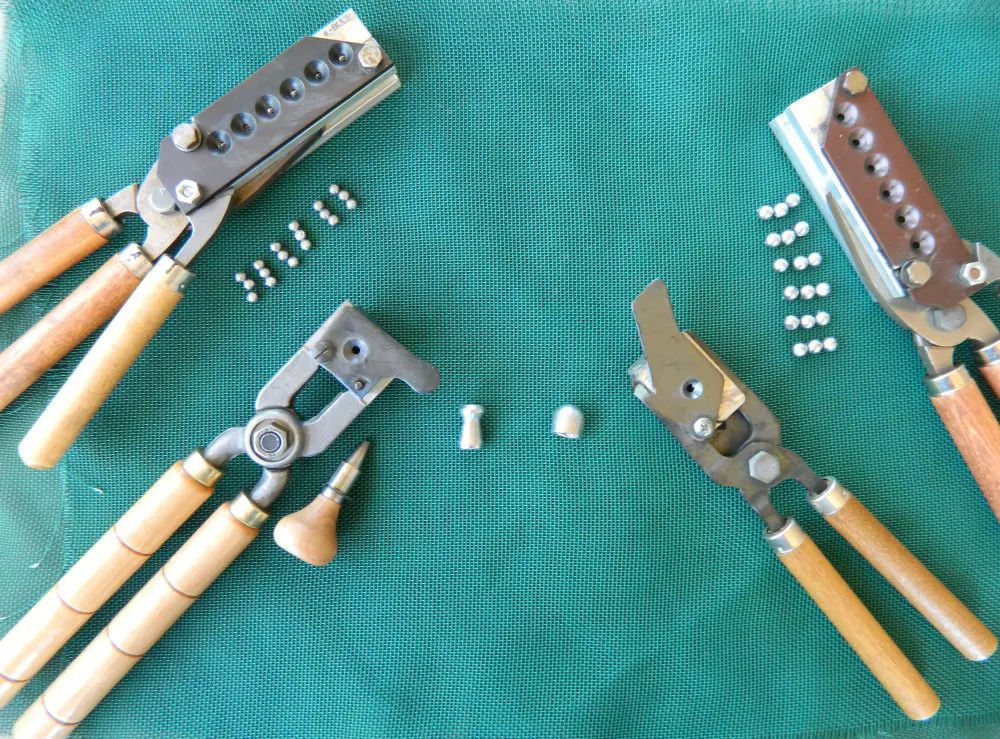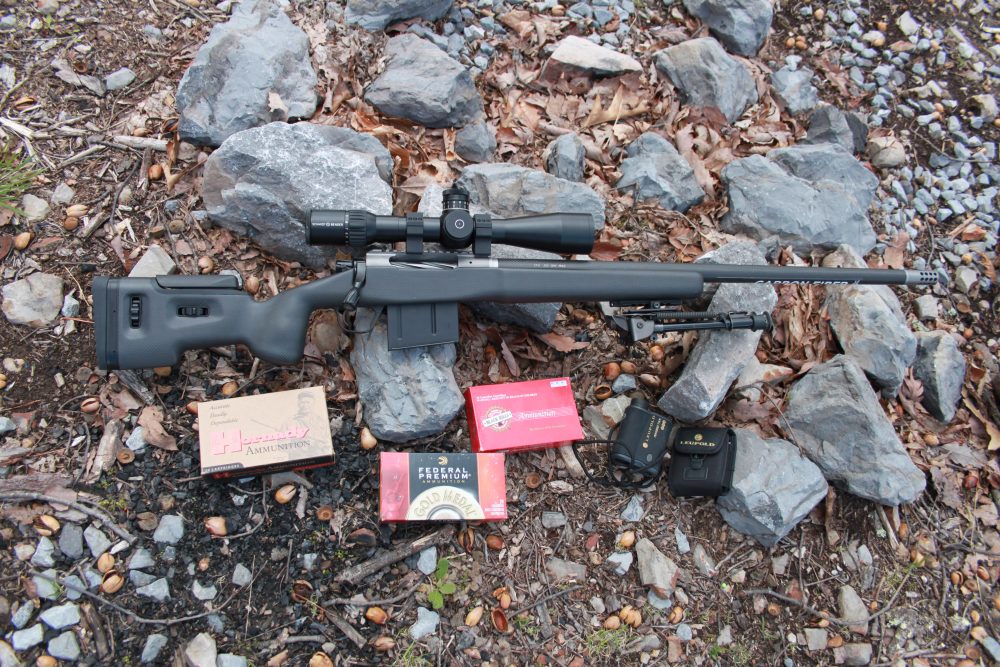
Doc Holliday used a side-by-side shotgun to help the Earps against the Clanton gang during the gunfight at the OK Corral in 1881.
In the intervening 130 years, the state-of-the-art in military and police weapons has advanced in revolutionary ways. Small-caliber high-velocity rifles now equip most soldiers and police officers the world over. This could lead one to think the 19th-century 12-gauge shotgun is hopelessly obsolete.
As a soldier and later a physician working an urban ER, I have seen more than my share of gunshot wounds. In an uncomfortable social situation, most any rifle is generally preferable to any handgun. At appropriate ranges, most any shotgun is generally preferable to any rifle. Nothing says “Why can’t we just be friends?” like that gaping ¾-inch black hole that is the muzzle of a 12 bore.
For more than a century, 12-gauge shotguns have ambled along essentially unchanged. I had come to believe we had already attained the state of the art in 12-bore scatterguns. Then I met the UTS-15 and found I was wrong.
Table of Contents
UTS-15
If I had to categorize the UTS-15 at first blush, it looks like something that came off a movie set. Straight out of the box, this shotgun would be right at home in either Aliens or Avatar. It is hands down the most visually intimidating firearm I have ever seen.
The UTS-15 is a remarkable piece of engineering. Some of the parts are made in the U.S. and some in a respected firearms manufacturing plant in Turkey. Ted Hatfield, the principal designer of the weapon, maintains homes in both countries.
Ted is as interesting as the shotgun he designed. After a career spent as an editor for gun magazines, he found himself with the depth of knowledge and skill sets necessary to execute a project of this sort. As Ted had invested his entire adult life squeezing triggers, he appreciated what a tactical shotgun ought to be. This philosophy clearly infuses the UTS-15.
I have observed this project from a distance for some time. The current UTS-15 is the culmination of a fairly remarkable R&D process. Component parts have been tweaked, engineered, reimagined and optimized. The end result is an extraordinary combat shotgun that fits the human form like a third arm and is as robust as a tire iron.
Capacity of this platform is extraordinary. Reloading any tube-fed shotgun is a pain. With the UTS-15 you don’t have to do it very often.
WHAT MAKES IT TICK
At its heart, the UTS-15 is a bullpup slide-action, twin-magazine 12-gauge shotgun. The gun is an eclectic combination of steel, magnesium, aluminum, and carbon fiber composite that conspires to keep a 28.3-inch shotgun with an 18.5-inch barrel and 15-round capacity at around 6.9 pounds.
The magazine tubes are located above the bore. This drops the bore axis as low as possible and makes recoil and follow-up shots manageable. Each magazine carries seven rounds of 2.75-inch ammo or six rounds of the three-inch variety, for a total of from 13 to 15, depending on the combination utilized.
Shotgun feeds from twin top-mounted magazines. Reloading is via covered ports on both sides of the weapon.
A lever on the top of the receiver governs magazine selection. Pointing the lever to one side or the other shuts off the ammunition in that tube. Leaving the lever centered allows the gun to alternate from one magazine to another until both are dry.
The 18.5-inch barrel is threaded for internal choke tubes. It can also be ordered with a screw-in barrel extension. Two sling attachment points can be moved around the gun, and each magazine tube has a longitudinal slot to show how much ammunition remains. The safety is a rotating lever that is in the same location and operates in the same manner as the ubiquitous AR-15.
Back cover lifts up to expose inner workings. Action is deceptively simple considering what it accomplishes.
ORIGIN
The UTS-15 was originally and indirectly born in South Africa in the late 20th century. The South African Neostead was a bullpup twin-magazine 12 gauge designed for police and riot duties. The Neostead employed any number of revolutionary features.
Aside from the obvious twin tubular magazines, the action worked backwards. In the case of the Neostead, the breechface was fixed and the barrel was mobile. To cycle the action, the operator moved the slide containing the barrel forward and then back. According to Ted Hatfield, the designer of the UTS-15 who spent a fair amount of time picking over the South African design, it just didn’t work very well.
The Neostead was available for a time on the international market. There is anecdotal evidence that it was used operationally by the British SAS. The Neostead design was improved upon and the patent was held for several years by Smith & Wesson, which eventually lost interest in the project, and Ted acquired the rights. Now by combining American engineering with modest international parts outsourcing, the UTS-15 brings some remarkable capabilities to American shooters.
UTS-15 comes with bolt-on iron sights should the operator prefer not to use other optics.
HOW DOES IT SHOOT?
These capabilities are frankly awesome, even to a jaded gun nut like me. As was said of the Spencer repeating rifle during the War of Northern Aggression in the 1860s (j/k), you load the weapon on Sunday and shoot it all week. The UTS-15 holds more than half a box of shotgun ammunition at a time.
The test gun was reliable, but it is imperative that the operator pay attention to the weapon and rack the slide with authority. This is specifically delineated in the manual. If the action is not closed aggressively enough to lock, a safety mechanism engages that keeps the firing pin from falling on the primer. Until you get comfortable with the weapon, this can seem like a misfire.
Additionally, if the operator short strokes the gun, a round can turn sideways and jam the action. Remedial action involves popping the back cover up and clearing the offending shell before racking the slide again. Both of these quirks can be overcome by training, but the UTS-15 is a bit like a high-end supercar. If driven properly, this gun yields truly extraordinary performance, but it does not suffer sloth.
Optional built-in light and laser are integral parts of the platform. Switches are incorporated into receiver so there are no dangling cords.
Even fully topped off, the entire system still weighs about the same as a loaded AKM. Additionally, an operator can charge one magazine with buckshot and the other with slugs, or both tubes with the same type of load. With the flip of a switch, the gun can then feed from either magazine. It goes without saying that mixing less-lethal with lethal ammo should be avoided at all costs.
For a bullpup gun, the trigger mechanism is exceptionally well executed. Compared to an AUG or those wretched aftermarket bullpup stocks for more conventional rifles, the trigger is positively heavenly. It is nice and crisp and breaks at about six pounds.
Ejection is via a low port on the right side of the weapon, but I found that firing the weapon left-handed around barricades was painless. Ejection fell below the level of my face and I never noticed it in practical execution.
The bolt is spring-loaded in the carrier, which itself rides on a roller bearing so the action is subsequently glass smooth. The low-bore axis really makes an enormous difference in controllability. Follow-up shots were markedly smoother than on any of my other scatterguns.
Safety operates in the same manner and location as that of the AR-15.
Reloading is a chore with any tube-fed shotgun, but in the case of the UTS-15, it loads from the top, so there is no fumbling to get to the port. To recharge the gun, simply pop open the spring-loaded cover over each tube and feed rounds in one at a time. It’s even easier than a normal pump shotgun. Snap the covers shut when complete, and rack the slide to put the gun into action. The manual slide release is located in the bottom of the receiver near the buttplate.
The gun comes equipped with a full-length Picatinny rail along its top to accept any sighting system imaginable. An EOTech Holosight with a slap-down magnifier for slugs makes the whole ensemble the very apex of close-to medium-range man-portable firepower.
There are no other rails on the gun, because it is available with an integral light/laser designed into the chassis. As a result, the switches are built into the frame and readily accessible without any dangling wires to get caught on gear or brush. I cannot imagine a more efficient or effective close-combat tool.
Manual’s parts diagram is like a children’s pop-up book. Everything about the weapon and its supporting documentation is polished and professional.
FEEDING THE MONSTER
I tested the UTS-15 extensively with a variety of Winchester loads. Birdshot provides minimal recoil and is still inexpensive enough to allow quality trigger time without requiring a second mortgage on your home.
At close quarters inside a house, an argument can be made that standard birdshot may be a choice for home defense. Classic buckshot groups nicely, produces manageable recoil, and packs a wallop like a freight train. However, what rides inside the UTS-15 is Winchester’s PDX-1. Winchester’s line of PDX-1 personal defense ammunition is optimized for serious use under serious circumstances.
The pre-segmented slugs are sentient beings that think for themselves. When fired against barriers, they stick together for maximum penetration. When encountering something soft, they split into three large fragments for a simply horrific tri-lobed wound channel. What results is the finest ammunition for unpleasant social encounters on the planet. PDX-1 protects my family. I can offer no higher endorsement.
PDX-1 ammunition from Winchester is arguably the most effective 12-gauge load in the world. Pre-segmented slugs remain intact for deep penetration through barriers, but split into three large fragments upon contact with soft media.
FINAL THOUGHTS
Here is the bottom line from my extensive range time with this gun: The UTS-15 is a controllable shotgun that sports twice as many rounds as a comparably sized conventional 12 bore.
With the built-in light and laser, I honestly cannot imagine a more effective indoor tactical tool. Whether your mission is to maneuver tactically out of a squad car, perform dynamic entries, or protect your family when something goes bump in the night, the UTS-15 is as robust as a ball-peen hammer, as effective downrange as a howitzer, and as cool as the Batmobile.
Magazine capacity is printed on each side of the weapon. Witness slots along both magazines inform operator of ammunition remaining at a glance.
Four different versions of the UTS-15 will be produced, with the only main variation being a different color or camouflage scheme. These include Black, Hunting, Desert and Marine. The Marine model, which is designed for use around salt water, also features satin nickel plating applied to its exposed parts and corrosion-resistant coating on its springs.
If you want to own a combat shotgun that looks and acts like it stepped off a science-fiction movie set, look no further. Even after all these years, some pretty amazing things can still be done with a 12-gauge shotgun.
SOURCES:
UTAS-USA
(847) 768-1011
www.utas-usa.com
L3 EOTech, Inc.
(734) 741-8868
www.l-3com.com/eotech
Winchester Ammunition
(615) 258-3340
www.winchester.com






